I came here to see how to train my dog not to chase birds. My dogs go crazy at the sight of birds. All you are doing is showing how good your dogs are. No one cares about that. Waste of time.
Always one to take on board {constructive} criticism in an attempt to improve communication, I went back to review the videos. Had I not made it clear that I was actually teaching? Reviewing the videos I realized that to anyone new to dog training or used to added punishment or forceful techniques requiring unpleasant {aversive} stimulation, it did indeed look like I was doing nothing and just showing off how the dogs didn’t chase the birds. The dogs didn’t even seem to want to chase them.
This set me to pondering; how I could get the message across that a viewer was actually watching a carefully planned training session? That I was actively involved in changing the behaviour of these two dogs from the moment the video began. Maybe I should have shown a “before” shot of the dogs going crazy and chasing the birds. My train of thought stopped dead in its tracks right there!
One of the most important principles when changing behaviour is preventing the undesired behaviour from occurring in the first place. Any behaviour that is practised and reinforced gets stronger. In a practical sense it means if a dog is given the opportunity to continue chasing birds, no matter how infrequently, it will make changing this behaviour a little harder than if it had been consistently prevented. I make a conscious decision to only get “before” footage in any or a combination of the following situations:
* It is safe to do so.
* I need a baseline that I have never seen before.
* I need to test a hypothesis of whether intervention will work.
* I am prepared to work a bit harder during training to counter the consequence of this rehearsal of the undesired behaviour.
For these two dogs, chasing birds was highly reinforcing. I wanted the best chance of getting good results so I chose not to put them in a situation where chasing would occur. Another consideration I had was that I had worked lovingly and consistently to gain the trust of the Willie Wagtails. I was now able to use them to help me during dog training. Being chased by a crazy dog is very stressful. I did not want to undo the wonderful progress I had made getting them to come to me on cue, nor did I want to cause them any undue stress. Hence – no “before” footage. It also means I'm not prepared to deliberately let each dog fail {chase the birds} by making it unnecessarily challenging early during training in order to demonstrate that they really want to chase! Viewers will just have to picture Zoe, the Cocker Spaniel, launching onto the outdoor table to chase the Willie Wagtails. Likewise, my reports of Scout, the Black Lab puppy, lunging and barking like a banshee after birds will have to suffice.
You may be wondering about the title of this blog by now. It doesn’t seem to have anything to do with surfing!
The training in the videos certainly looks like two dogs who didn’t chase birds in the first place. It was Zoe’s first session and Scout’s second. In terms of effectiveness, no barking and chasing ticks the box. In regard to ethics and humane practice, the lack of physical or psychological intimidation, another tick. This is due to being a teacher who S.U.R.F.S with dogs (and other animals).
| | Sets Up Reliably For Success |
* Prevent all bird chasing at any time, not just training sessions. Keep dogs inside when Willie Wagtails come to visit. Check for Willies before letting the dogs out the back. Have the dogs on lead when going out the front. Be constantly vigilant, ready to run the dogs inside if I see the Willies before they do.
* Choose an alternative behaviour to chasing, lunging and barking at birds. For Scout this was to look at me or look at the birds in place of chasing them. For Zoe it was to stay on a chair. It needs to be easy. Too hard and it makes chasing the birds the chosen option. A behaviour that is already in the dog’s repertoire can make training quicker. Scout was used to looking at me for reinforcement so this was a head start. Zoe chose the chair and was more relaxed there, so I utilized this.
* Choose a reinforcer that will be more reinforcing or at least of equal reinforcement value to the birds. This was really interesting and challenging and one of the reasons I made Zoe’s video. Scout would work for dry kibble. Zoe wouldn’t touch roast chicken when birds were around but she would stop everything for a scratch and a silly word! Go figure. It’s the individual who tells you what they find reinforcing at any particular point in time.
* Set up the environment {antecedent arrangement} to achieve immediate success. In Zoe’s case, she could resist the birds for longer if she was sitting in a chair. If she was standing, it was a very quick transition to chasing. For Scout, she needed the lead on at first and I needed to stand close to her, even blocking her view as soon as the birds were present and asking for her to look at me. The environment includes the birds: they need to be further away at first. It’s easier {more economical} to get reinforcement from me than run the distance after the birds. Dogs do what works and will choose the easier of two options if the reinforcement value is comparable.
* Choose a high rate of reinforcement at first to make it worthwhile to just watch the birds. I’m talking once every three seconds. I’m talking reinforcement for just glancing at the bird for a microsecond. I’m talking, if I see your ear prick up towards the sound of the bird, I’m reinforcing. If I waited too long and was stingy with food or scratches, both dogs might as well try to chase.
* Change the environment and increase difficulty of the task when the dogs demonstrate they will succeed. A stationary bird 10m away is easier to resist than a stationary bird right in front of a dog’s nose. A moving bird is often harder to resist chasing than a stationary bird. I stopped using the lead almost immediately with Scout and had it loose just for safety. Eventually I used a 10m lead so she could walk away from me and choose to come back instead of chasing the birds. For Zoe, having her sit on the ground instead of the chair was making it harder for her. Then having her stand would be making it more difficult. Each subject will let you know what they find harder or easier. It is the teacher’s role to tailor the plan to meet the learner’s needs at any particular time.
* Keep the rate of reinforcement high when making the task more difficult – or I may lose the dog to the original reinforcer. This doesn’t mean I will always need a high rate of reinforcement. Once I have trained the dog to a high level, the reinforcement can be changed. This may mean I still reinforce continuously but can use lower value reinforcement. For example, I can praise Scout now when she looks at birds and give her a pat and she responds to this. In the early stages of teaching, this would not have been the case.
* Maintain the behaviour. Give refresher training sessions. Randomly reinforce excellent behaviour with an unexpected, high value reinforcer. Continue using more natural reinforcers in everyday life e.g. attention, praise, play, physical contact, access to sniffing. This keeps the behaviour going. However, if I consistently ignore the dogs when they look at me or the birds, eventually they may revert to another behaviour that does pay off. Probably barking and chasing again.
I’ve resigned myself to the fact that I didn’t make a movie depicting a riveting, edge-of-your-seat, battle of wills fight against two crazy dogs straining to tear after birds. Instead I shared a moment in time of thoughtfully planned training devoid of frustration. No frustration for the trainer, trainee or the feathered helpers. It was also two snapshots that filled me with joy: to have the birds engage without fear and the dogs succeed so quickly.
Enough of my musings! Now that I’ve given a backstory to what is going on, what do you see happening in the videos?
I've included a third video showing Scout's progress and how she responds to verbal cues to come away from the birds and shows little interest in them now.
Video links for email subscribers:
https://www.youtube.com/watch?v=qDwN2ZtgbAY

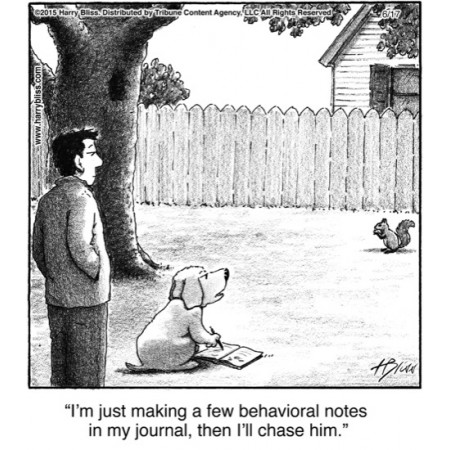





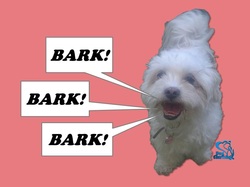
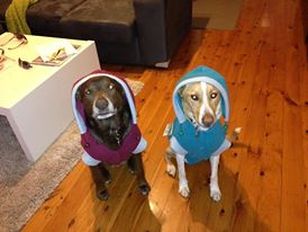


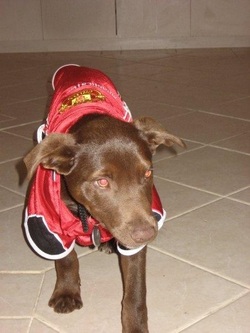


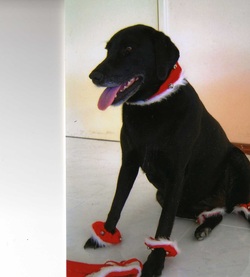


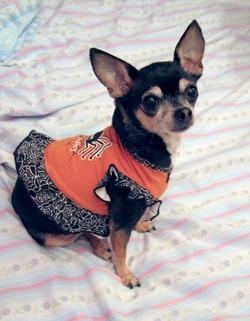
 RSS Feed
RSS Feed